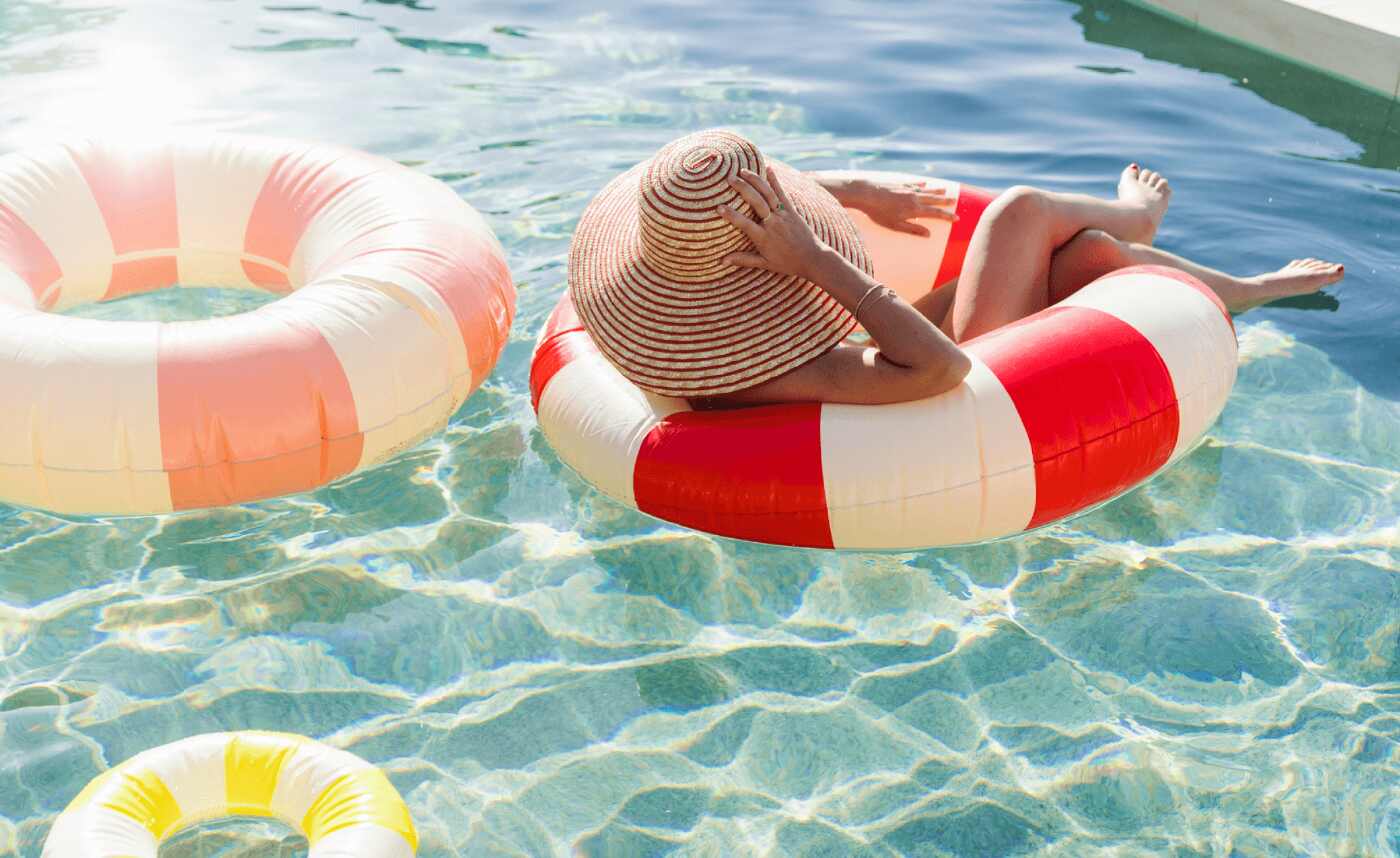
How much do you need to retire in Australia?
Asking how much you need to retire can be like asking, ‘How long is a piece of string?’ However, figuring out how much you need for retirement is really just a case of looking at all the pieces of the superannuation puzzle.
What is the current suggested level of savings in Australia? How much does it cost to buy a house or rent? How much will you spend on food, travel and medical expenses? Let’s gaze into the crystal ball.
ASFA standard
The Association of Superannuation Funds of Australia (ASFA) is essentially the omnipresent body of Australian superannuation. The organisation keeps an eye on policy, research and advocacy surrounding retirement savings, but perhaps most importantly, makes regular suggestions for how much John Doe should have for retirement. That’s you.
Recent figures from their retirement expenditure breakdown outline how much both singles and couples could expect to spend for both a modest and comfortable lifestyle per year of retirement:
| Single or couple | Lifestyle | approx. annual expenditure |
|---|---|---|
| Single | Modest | $30,000 per year |
| Couple | Modest | $45,000 per year |
| Single | Comfortable | $50,000 per year |
| Couple | Comfortable | $70,000 per year |
Deciding which lifestyle you’re most likely to lead in retirement may have a large impact on your super savings goals. If you don’t make that decision now and save appropriately, it may be that your final savings will decide the lifestyle you’ll live for you. The three broad options you have to choose from are:
- Age Pension-based retirement: living a budget lifestyle.
- ‘Modest’ retirement: being able to afford ‘fairly basic activities’ and a modest place to live.
- ‘Comfortable’ retirement: being able to afford a range of activities, and have funds leftover for the things that are important to you.
Accessing the age pension on top of your retirement savings
In addition to whatever you manage to save for retirement, you may also be able to add funds from the government.
The age pension is for Australians over the age of 65 (or 67, depending on birth year) who meet the requirements of an income and asset test. Depending on your situation, you may receive extra funds each fortnight:
Single person or couple separated due to health
Maximum basic rate of $971.50 per fortnight, declining based on the results of your income and asset test.
Couple
Maximum basic rate of $732.30 per fortnight each, declining based on the results of your income and asset test
On top of the basic rate, both couples and singles may be eligible for the Pension Supplement and Energy Supplement to help with utility costs.
For full details on the income and assets tests visit Services Australia.
If you are planning on retiring early, remember that you won’t be able to access the age pension until you have reached the pension (or ‘retirement’) age. This retirement age is going up in the coming years, set to increase to 70 for those born after 1965, meaning you may have to wait longer than your parents before enjoying a helping hand from the state.
Passive and active retirement
When you reach retirement age, with a bit of luck you’ll still be physically capable and moving around on your own. This means you will be more likely to venture out and about around your city in search of fun, be it a trip to the movies, dropping in on your unsuspecting adult children or participating in the local bowls tournament.
Regardless of your activity type, each of these things costs at least some element of money. The more active your retirement, the more you will need to save beforehand to support it.
Alternatively, a passive retirement is entirely the opposite. Some people reach the big 6-5 (or the big 7-0, as the case will soon be) and are quite happy sitting with their loved one reading a book and sipping on cups of tea. Also, those who live an active retirement may one day be medically restricted, and thus be encouraged into a passive lifestyle to accommodate.
Either way, you will be spending a lot less money on travel and activities if you spend more time indoors, and will thus need to save less. Make sure to have enough in your nest egg for tea bags, though – so your partner doesn’t get mad.
Housing costs
Retiring in the Lucky Country is a worthy goal for not just Australians, but foreigners too. Our laid-back lifestyle, fabulous beaches and the black gold that is Vegemite are all top reasons to remain in the land down under.
By retirement, you may have already paid off your mortgage. If not, you will need to factor mortgage repayments into your calculations as well. If you are renting your property into retirement, this will also play a part in how much you need to save.
Independent property research company SQM shows that current weekly rental prices for houses are around the $672 mark in capital cities, and $415 on average nationally. For units, it is about $544 per week in capital cities and $440 on average nationally. This shows that your desired location of retirement may also have a part to play in how much you need to save.
Food costs
Your peckish penchants could leave a distinctly sweet or sour taste on the tongue, as food costs are second only to those of transportation, according to MoneySmart figures.
For a modest, single lifestyle you might spend around $122 per week on food, or even up to $239 per week as a couple living a comfortable lifestyle. Since that equates to anywhere from $6,000 – $12,500 a year just on food, it’s clear your eating habits could take a bite out of your super savings.
Medical Costs
According to the ABS, the current average life expectancy is 85 for women and 81 for men. That means, if you live to the average life expectancy and you retire at 60, you will need money for another 25 years of retirement.
As you can expect your health to change as the years progress, it’s worth setting aside more savings for any potential medical costs like surgery.
What if you don’t have enough super to retire?
There are many ways you can grow your super if you think you’re a bit behind on reaching the balance you would need to retire. You could make additional contributions or salary sacrifices now to help your future self.
Thinking of switching to a different super fund? Consider Virgin Money
Virgin Money Super can help you save for tomorrow while being rewarded today. Compare our superannuation fees and find out how much you could be saving today.


